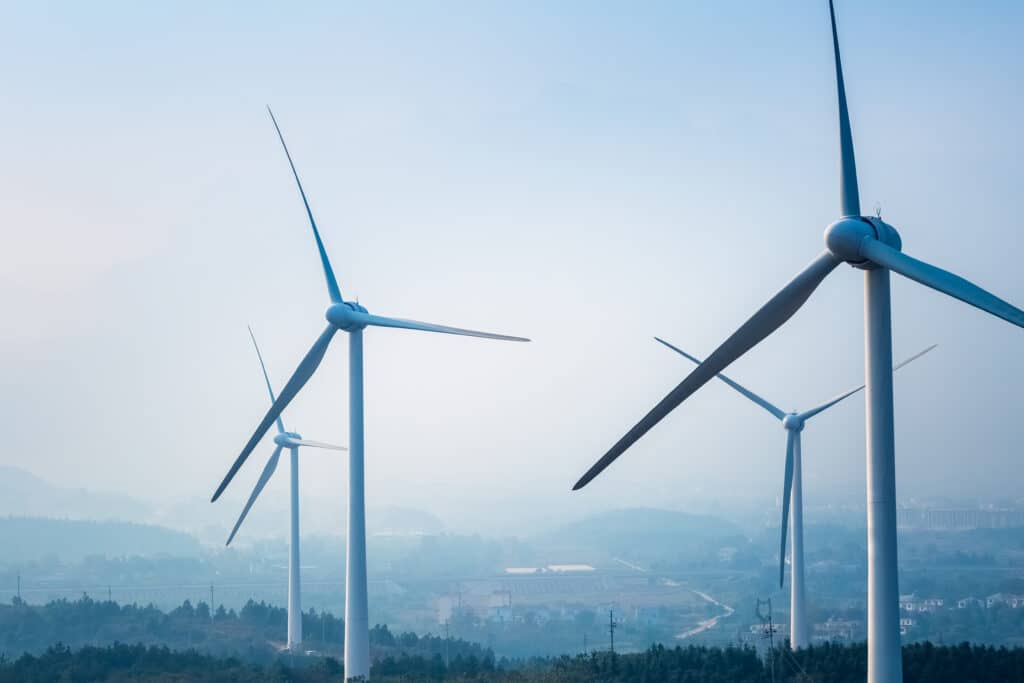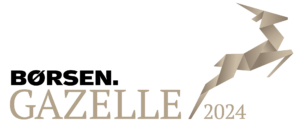
Wind turbines depend on wind to run, so it is obvious that they sometimes stand still. But in windy weather, we expect the turbines to be running. So why are the blades not always turning? In this article, we explain five reasons why we stop turbines and why controlling the turbines is actually essential for us to have power in our sockets.
With the accelerating movement towards a greener and more renewable future and the current increase in power prices, people have started raising questions about the fact that wind turbines seem to stand still, even in windy weather.
The answer to this question is, however, not so simple. There are many different reasons for wind park owners to stop their turbines – power pricing, grid stability, and animal protection all play a part.
According to the International Energy Agency, the capacity factor of offshore wind turbines is between 29-52 percent. Meanwhile, onshore wind turbines have a capacity factor of 23-44 percent.
This means that an offshore wind turbine of, e.g., 2MW, only produces what corresponds to less than 1MW on average.
But does that mean that wind turbines are not efficient enough? And is there any way we can avoid stopping or curtailing the turbines?
5 reasons wind turbines are stopped
As mentioned, wind turbines and other renewable assets like solar PV and hydro plants are turned off for several reasons. Here, we dive into five different explanations.
1 Inadequate weather conditions
The most obvious reason for turbines not to be running is, of course, the lack of wind itself. Turbines are strategically placed in surroundings of high wind speed, but even here, calm weather can occur. Typically, the turbines only start generating electricity at a wind speed of a minimum of 3 m/s.
However, anything above 25 m/s will also cause the turbines to shut down. For safe operations, built-in sensors detect too-strong winds and ensure that the blades are pitched into their “stop” position so they cannot pick up incoming wind.
Adverse weather conditions like extreme cold can also shut down the turbines. Vast pieces of cold ice can cause overload and damage, so it is best to be on the safer side. Likewise, lightning can cause shutdowns, as well as heavy rain.
2 Maintaining balance at the grid
With power production and consumption, balance must be maintained. If power plants generate more electricity than is consumed, the entire system is at great risk of shutting down. And if more electricity is consumed than generated, blackouts might occur.
To secure stable power grids, it is the TSOs’ (Transmission System Operators) responsibility that power production is curtailed according to the power demand.
Power demand, however, is not constant, and neither is the power generated from renewable power sources like wind and solar PV parks.
For this reason, wind park owners receive set-points from utilities, power traders, and other balance-responsible parties to ensure that the generated power does not exceed the demand. Set-points are specific power limits that wind park owners must comply with in order to participate in the power exchange.
In windy weather with low power consumption, some park owners are thus bound to shut down some of their turbines, even if that means a loss of revenue. To avoid this scenario, more park owners are looking into energy storage solutions. Instead of curtailing their turbines, they would store the power produced in an energy reserve and send it to the grid when needed.
Sometimes, wind park owners are actually paid by the TSOs to shut down their turbines or parks. This can occur if regions have different regulatory laws, and one region finds it more beneficial to pay other park owners to stop their turbines instead of stopping their own.
Another scenario could be that the TSOs purchase ancillary services from park owners to have easy and quick access to the necessary power resources to ensure a stable power grid. This could be an agreement where wind park owners receive payment to have their turbines on standby in case of a rapid rise in demand.
There is an entire market for ancillary services and it is becoming more common within the renewable energy sector. One of the reasons for this is the emergence of intelligent and flexible power plant controllers that can provide reliable real-time data and automatically curtail and stop turbines according to specific configurations and set-points.
3 Avoiding negative prices
In a perfect storm – with very windy weather and low demand – wind park owners can sometimes experience selling their produced electricity at negative prices, meaning they have to pay to send power to the grid. This occurs because there is no demand for the power – neither from nearby regions, industry sites, or consumers.
Typically, wind park owners will turn off or curtail their turbines to prevent this from happening. But older turbines, often in smaller parks, cannot be controlled remotely as they don’t have a SCADA system or have an outdated SCADA system. Thus, they produce energy whenever it is windy unless controlled on site. This means that the park owners are bound to submit bids to the market as they must be able to offload their production – even if the market prices are negative.
If the park owners are able to shut down turbines to avoid negative prices, they will still miss out on revenue. On a very windy Christmas Eve Day in Denmark in 2017, the wind park owners missed out on earnings of approximately 8 million DKK, equivalent to 1.07 million EUROs.
Also here, energy storage solutions could be a game-changer in keeping the turbines running and escaping revenue losses.
4 Environmental regulations
To protect wildlife and migratory animals, environmental regulations have been put into place. Some places, wind farms are obligated to install monitoring systems that detect birds and bats that pass by. When migratory movements are detected, turbines will turn down or off. This ensures safe passage for the birds and mitigates the risks of turbine failures.
There are also regulations that protect nearby households from excessive noise and sun flickering. Depending on the area, there could be some hours of the day when the turbines are standing still.
Most SCADA systems at wind parks connect to alarms that identify movements and automatically shut down the turbines if necessary. The shutdown is logged and categorized, giving the park owners a vital overview of all events at the site. In that way, wind park owners can automatically comply with environmental regulations and track all stops and warnings for better reporting and optimization.
5 Maintenance and service
Turbines are often stopped due to service checks, inspections, or maintenance. Even when stopped, bird or lightning strikes can cause damage to the turbine, resulting in further reparations.
At the same time, turbines are also exposed to equipment and software failures. Electrical failures and communication abruptions can significantly affect production output, uptime, performance, and reliability. Therefore, wind park owners must take the necessary preventative steps to secure their turbine’s efficiency. And that sometimes means stopping the turbines before it is too late.
Although, when turbines are stopped due to unplanned maintenance, it is in the interest of the park owner to get the turbine up and running as soon as possible to avoid loss of revenue. Here, a modern SCADA system can be configured so operators can quickly react to alarms and events and quickly get the right people on site to fix the issues.
Why controlling the turbines matter
As the five reasons above indicate, being able to control the power is essential to maintain secure and stable wind turbines that comply with both grid requirements and environmental regulations.
The above also points to the fact that turbines often are stopped due to the market and price conditions. This is a disadvantage to both the park owners and the planet. However, with the forthcoming rise in storage solutions, including battery storage and PtX, turbines can more often than now run at full capacity while complying with set-points. The excess energy will be stored in batteries or used in PtX facilities – utilizing the green energy to its fullest.
Here, power control and regulation still matter because the produced power has to be distributed according to different regulations and price demands. This means that the entire setup needs to be controllable. And with the added diversity of systems comes added complexity, making power control and regulation even more crucial for secure, efficient, and profitable operations.










